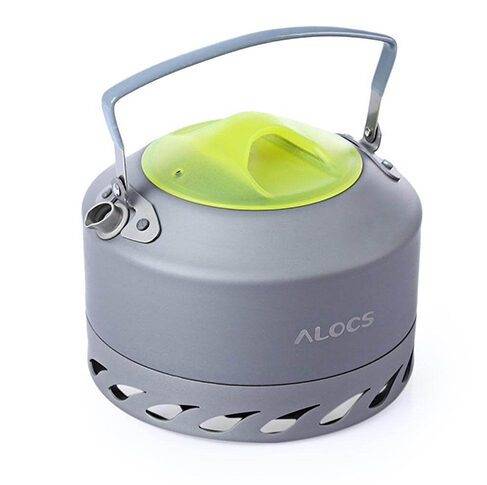The Happy Tourists
TRAVEL TO LEARN, LEARN TO LIVE.
PERFUME COLLECTIONS
A Perfume That Actually Makes You Happier? How Functional Fragrances Are Revolutionising The World Of Luxury Scent
Calvin Klein Obsession 100ml EDP Spray for Women – Long-lasting Fragrance
Original price was: £74.00.£39.99Current price is: £39.99.Save £34.01 (46%)
DIOR J’adore Eau De Parfum Spray 100ml | Luxury Fragrance for Women
Original price was: £164.90.£119.99Current price is: £119.99.Save £44.91 (27%)
Elevate Your Senses and Your Style with Christian Dior Pure Poison Eau de Toilette, 100 ml
Original price was: £89.91.£79.91Current price is: £79.91.Save £10.00 (11%)
Experience the Allure of Chance Chanel Eau de Toilette 100ml for her
Original price was: £144.99.£119.97Current price is: £119.97.Save £25.02 (17%)
Louis Vuitton City of Stars Perfume 100ml | Luxury Fragrance for Women
Original price was: £235.00.£204.99Current price is: £204.99.Save £30.01 (13%)
Tom Ford Rose de Russie Eau de Parfum 100ml | Floral Fragrance for Women
Original price was: £299.99.£199.99Current price is: £199.99.Save £100.00 (33%)
OUTDOOR EQUIPMENT
The great outdoors will always be an exciting place and having the right type of outdoor equipment helps to make the experience unforgettable.
2 Person Camping Tent – Double Layer, Ultra Lightweight Design
Original price was: £140.93.£119.37Current price is: £119.37.Save £21.56 (15%)
3-4 Season Mummy Sleeping Bag – Perfect for Camping & Hiking
Original price was: £49.99.£39.00Current price is: £39.00.Save £10.99 (22%)
FEATURED BRANDS
We work with the biggest brands in the world to bring you the best quality products for our customers.
RDX C4 Pro Boxing Sparring Gloves – Professional Grade for Training & Fighting
Original price was: £156.99.£146.99Current price is: £146.99.FITNESS SMARTWATCH
Whether you’re backcountry skiing or running around the backyard, we have an activity tracker for you.
Customized Activity Tracker With Heart Rate & Sleep Monitor | Monitor Your Health & Fitness
Original price was: £88.99.£44.00Current price is: £44.00.Paracord Survival Watch Bracelet with Flint Fire Starter, Compass, and Whistle – Outdoor Gear
Original price was: £39.99.£19.00Current price is: £19.00.Smart Bracelet Fitness Tracker Pedometer Bluetooth Heart Rate Blood Pressure Sensor Life Waterproof – Activity Monitor for Health & Wellness
Original price was: £72.99.£49.00Current price is: £49.00.Smart Unisex Blood Pressure Monitor Watch – Accurate & Easy to Use
Original price was: £49.99.£34.00Current price is: £34.00.ABOUT THE HAPPY TOURISTS
The Happy Tourists is a UK-based company Address: 10 Gloucester Court, Headstone Drive, Harrow & wealdstone, HA1 4UE, London, United Kingdom which focuses and provides traveling accessories to its customers and all the people who love traveling, exploring, hiking, and camping. We Strive to provide the best services and products daily, as customer satisfaction is our main priority.

FAST SHIPPING
We keep you posted on the delivery progress. Plus, an express option available at checkout!
90-DAYS FREE RETURNS
If you are not happy with your order, return it within 90 days for a full refund.
EXCELLENT SERVICE
We're available for you 24/7, for any questions or special requests you may have!
HIGH QUALITY
Industry-leading technology, durable materials, stunning appearance.
READ OUR TRAVEL BLOG POSTS
Customers Testimonial









 Adidas Originals
Adidas Originals Ralph Lauren
Ralph Lauren Hugo Boss
Hugo Boss Champion
Champion Coleman
Coleman Grenade
Grenade Lacoste
Lacoste Levi’s
Levi’s Lyle & Scott
Lyle & Scott New Balance
New Balance Nike
Nike Puma
Puma Emporio Armani
Emporio Armani Thermos
Thermos The North Face
The North Face RDXsports
RDXsports Tommy Hilfiger
Tommy Hilfiger Stonehenge
Stonehenge Dyson
Dyson
 Creed
Creed Dior
Dior Lancome Paris
Lancome Paris Louis vuitton
Louis vuitton Marc Jacobs
Marc Jacobs Tom Ford
Tom Ford Versace
Versace Bvlgari
Bvlgari Gucci
Gucci Chanel
Chanel Ralph Lauren Fragrance
Ralph Lauren Fragrance Giorgio Armani
Giorgio Armani Lacoste Fragrance
Lacoste Fragrance Maison Francis Kurkdjian
Maison Francis Kurkdjian Calvin Klein
Calvin Klein Hugo Boss
Hugo Boss












































































